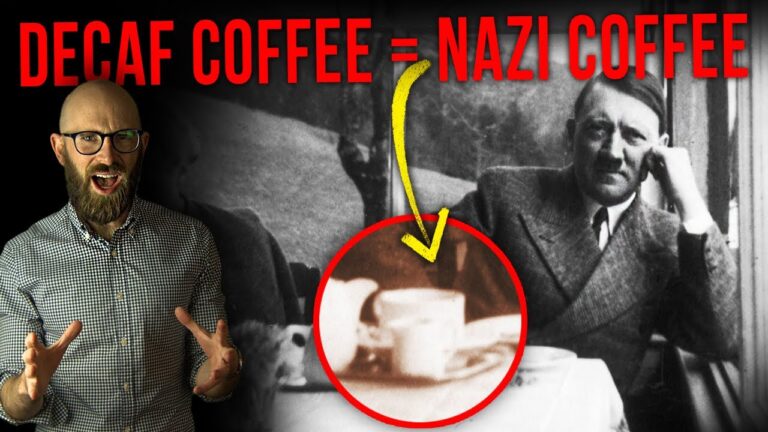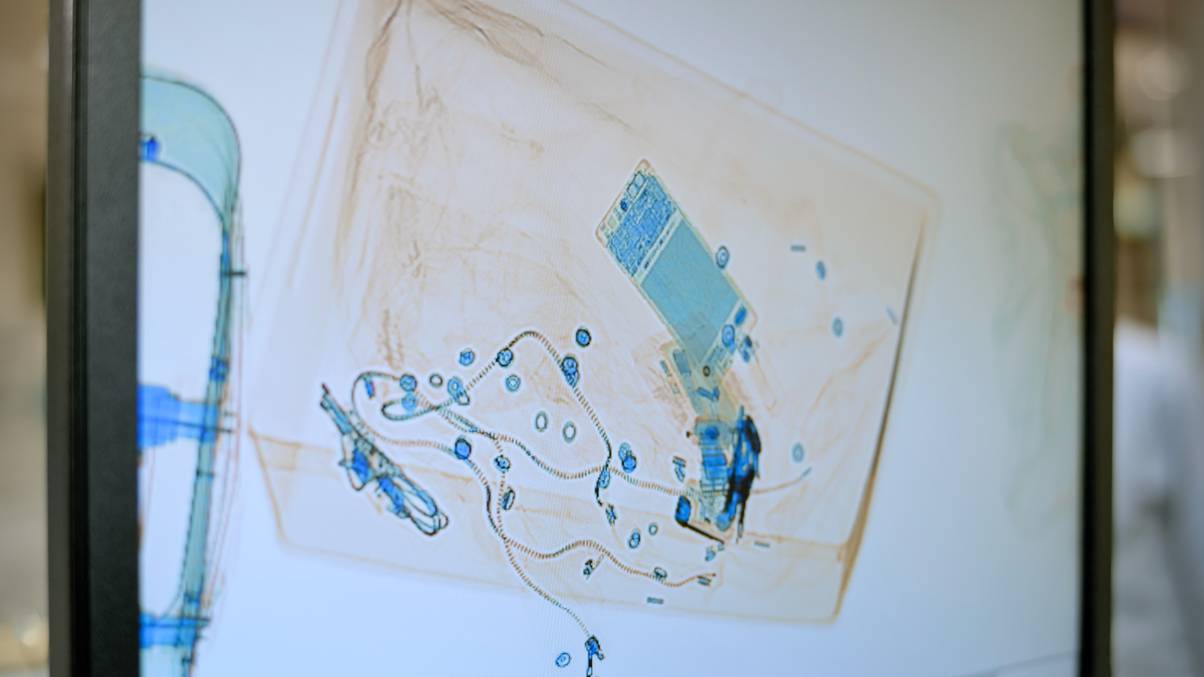“Unveiling the Secrets: How Your Favorite Drinks Lose Their Kick Without Losing Flavor!”
One of the first major improvements to vacuum distillation technology was the spinning cone column or SCC, developed in 1991 by Australian food chemist Andrew Craig. This consists of a tall stainless steel column containing a rotating shaft and a series of spinning and stationary cones. The wine is injected at the top of the column and flows over the spinning cones, which produce centrifugal force that spreads the wine into a thin film. Air is then pumped out of the vessel and steam injected from the bottom in two stages. The first, conducted at 30 degrees Celsius, strips the wine of its volatile flavour compounds; while the second, conducted at 40 degrees, strips it of its alcohol. The volatile compounds are then re-introduced to the de-alcoholized wine in order to restore its flavour. By promoting greater evaporation rates at even lower temperatures, SCC allows for more efficient de-alcoholization and greater flavour preservation than traditional vacuum distillation, though it still suffers from unavoidable losses of volatile flavour compounds.
Due to its lower alcohol content and the need to preserve carbonation, beer is typically not de-alcoholized using vacuum distillation or SCC. Instead, a variety of “cold” methods are used including reverse osmosis. Very similar to the dialysis process used to clean the blood of patients with kidney disease, reverse osmosis involves forcing the beverage at high pressure through a semi-permeable polymer membrane surrounded by a stripping fluid – typically water. Typically, water will diffuse from a region of low solute concentration to one of high solute concentration (in this case, the beverage) but when high enough pressure is applied to the concentrated solution, the reverse occurs, and the ethanol from the beverage diffuses through the membrane into the stripping fluid, leaving most other compounds behind and preserving the original flavour. Furthermore, the process works at temperatures as low as 1-5 degrees Celsius, eliminating the danger of denaturing flavour compounds through heating. However, reverse osmosis also has a number of disadvantages – namely inefficiency, with the process only reducing alcohol by 0.7-1.5% per pass. Furthermore, the process requires the original beverage to be diluted with water prior to processing – which, as we’ve previously discussed – is illegal to do with wine in many regions.












